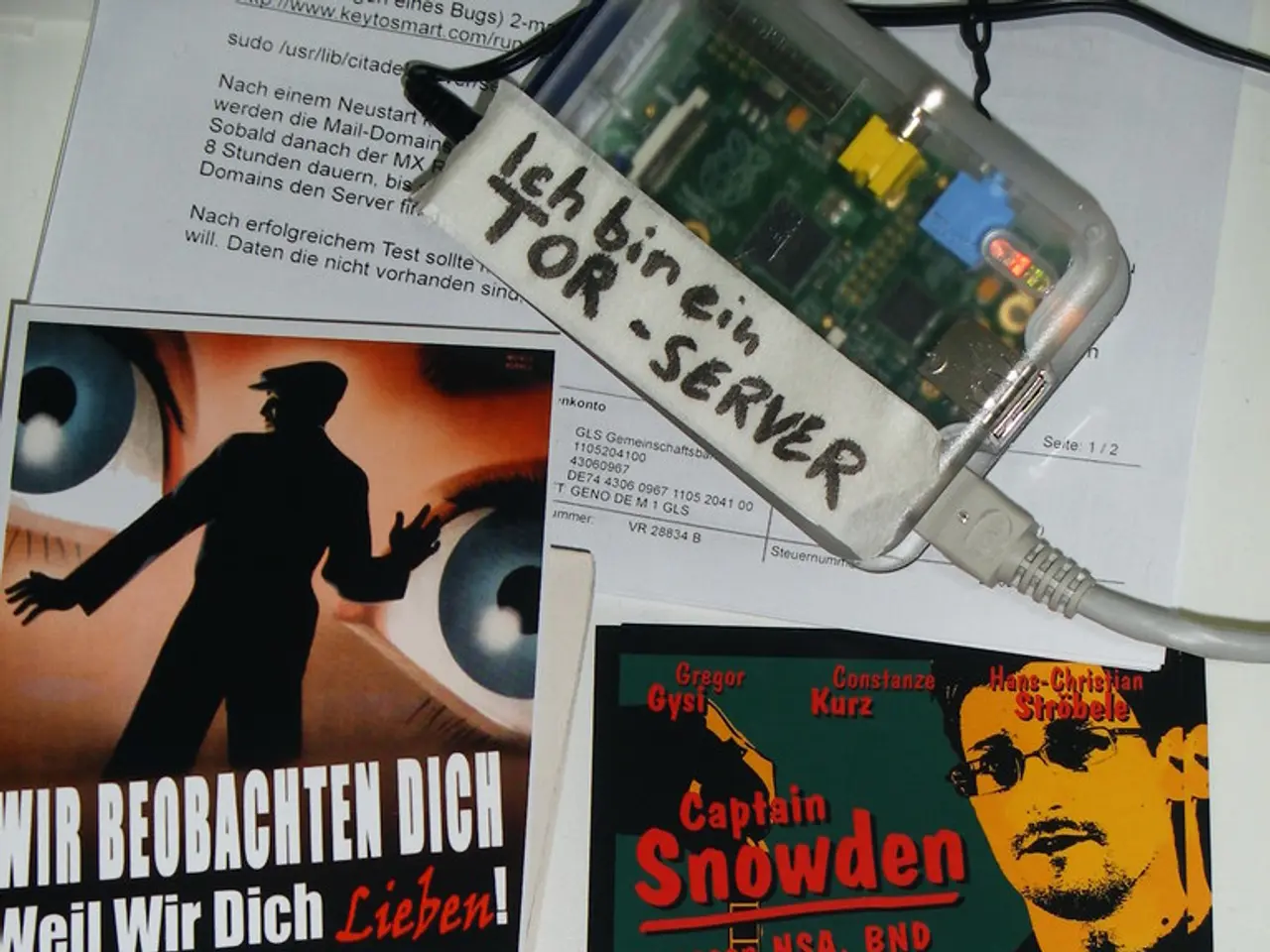Achieving the Sub 3/3 Goal
In the world of Printed Circuit Board (PCB) fabrication, a new approach is taking centre stage – the semi-additive process. This modern method stands in stark contrast to the traditional subtractive process, offering significant advantages in terms of trace geometry and impedance control.
The Subtractive Process: A Traditional Approach
The subtractive process, a long-standing approach, starts with a fully copper-clad board. Unwanted copper is then removed through etching or milling to form traces. The precision of copper removal and the narrowness of the traces are key factors determining the trace geometry. While subtractive methods can achieve trace widths down to about 8 mils (0.2 mm) with good precision, fine trace geometries for ultra-fine lines can be challenging, particularly for high-frequency signals where tight impedance matching is crucial.
The Semi-Additive Process: A Leap Forward in Precision
The semi-additive process, on the other hand, deposits copper only where it's needed on a dielectric substrate. This allows for the creation of much finer trace geometries – ultra-fine lines beyond what subtractive methods can reliably produce. Because semi-additive processes like mSAP (modified Semi-Additive Process) build up copper traces with better control and finer resolution, they offer superior impedance control capabilities.
This means designers can achieve precise trace widths and spacing, essential for high-speed and high-frequency circuits that demand tightly controlled impedance to minimise signal loss and reflections. In fact, trace width and spacing down to 1.25 mils can be maintained over distance within extremely tight tolerance in the semi-additive process.
Advantages of the Semi-Additive Process
The semi-additive process offers several other advantages. For instance, it does not impose a penalty in manufacturing time, unlike the subtractive process. Also, no special jigs or one-off fixtures are necessary to build boards using the semi-additive process, making it a more flexible and cost-effective option.
Moreover, the trace geometries from the semi-additive process are lithographically defined, unlike the trace geometries from the subtractive process. This results in plated-up traces and features that are far more accurately defined than those produced by subtractive processes.
Finally, the semi-additive process frees designers from challenges in breaking out dense fine-pitch BGAs and ensures very strict impedance control for signal integrity. The ultra-thin foil in the semi-additive process, often around 2 μm or 3 μm thick, has a backing that is removed after lamination to the substrate. A "reverse" resist is applied, developed, and selectively removed to expose only the areas that will become the traces, vias, and other conductive features. Holes are drilled, and a bath of electroless copper coats the bores and the foil surface.
In conclusion, the semi-additive fabrication process offers a significant leap forward in PCB design, providing ultra-fine traces with more accurate impedance control. The 3-mil limitation for trace widths and spaces in PCB design is becoming obsolete due to the use of semi-additive fabrication, opening up new possibilities for advanced PCB designs.
[1] Subtractive vs Semi-Additive PCB Fabrication: Which is Best?
[2] Semi-Additive PCB Fabrication: The Future of High-Speed PCB Design
[3] Understanding Semi-Additive PCB Fabrication
- The semi-additive process, in contrast to the subtractive process, leverages data-and-cloud-computing to precisely control impedance and is crucial for science and technology, particularly in high-speed and high-frequency circuits where controlled impedance is vital.
- The advancements in semi-additive process technology, such as mSAP, have been facilitated by science and technology, allowing for data-and-cloud-computing analytics to improve and provide more accurate trace geometries that are essential for PCB designs in the digital age.




